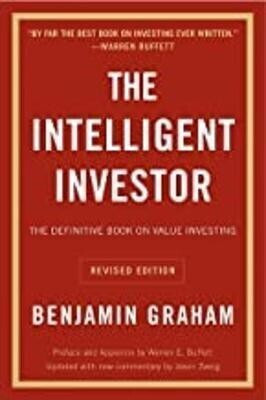
Get notified when this item comes back in stock.
Probability and Random Processes for Electrical Engineering 2ndEditon Edition (English, Paperback, Albert Leon-Garcia)
Share
Probability and Random Processes for Electrical Engineering 2ndEditon Edition (English, Paperback, Albert Leon-Garcia)
3.7
16 Ratings & 2 Reviews₹892
₹942
5% off
Sold Out
This item is currently out of stock
Highlights
- Language: English
- Binding: Paperback
- Publisher: Pearson
- ISBN: 9788131709177, 8131709175
- Edition: 2ndEditon, 1994
- Pages: 616
Seller
Description
This textbook offers an interesting, straightforward introduction to probability and random processes. While helping students to develop their problem-solving skills, the book enables them to understand how to make the transition from real problems to probability models for those problems. To keep students motivated, the author uses a number of practical applications from various areas of electrical and computer engineering that demonstrate the relevance of probability theory to engineering practice. Discrete-time random processes are used to bridge the transition between random variables and continuous-time random processes. Additional material has been added to the second edition to provide a more substantial introduction to random processes.
Features
Table Of Contents
Features
- Numerous examples—a wide selection of fully worked-out real-world examples.
- Problems—over 700 in all.
Table Of Contents
- Probability Models in Electrical and Computer Engineering.
- Basic Concepts of Probability Theory.
- Random Variables.
- Multiple Random Variables.
- Sums of Random Variables and Long-Term Averages.
- Random Processes.
- Analysis and Processing of Random Signals.
- Markov Chains.
- Introduction to Queueing Theory.
- Appendix A. Mathematical Tables.
- Appendix B. Tables of Fourier Transformation.
- Appendix C. Computer Programs for Generating Random Variables.
Read More
Specifications
Book Details
| Publication Year |
|
Contributors
| Author |
|
Have doubts regarding this product?
Safe and Secure Payments.Easy returns.100% Authentic products.
Back to top




